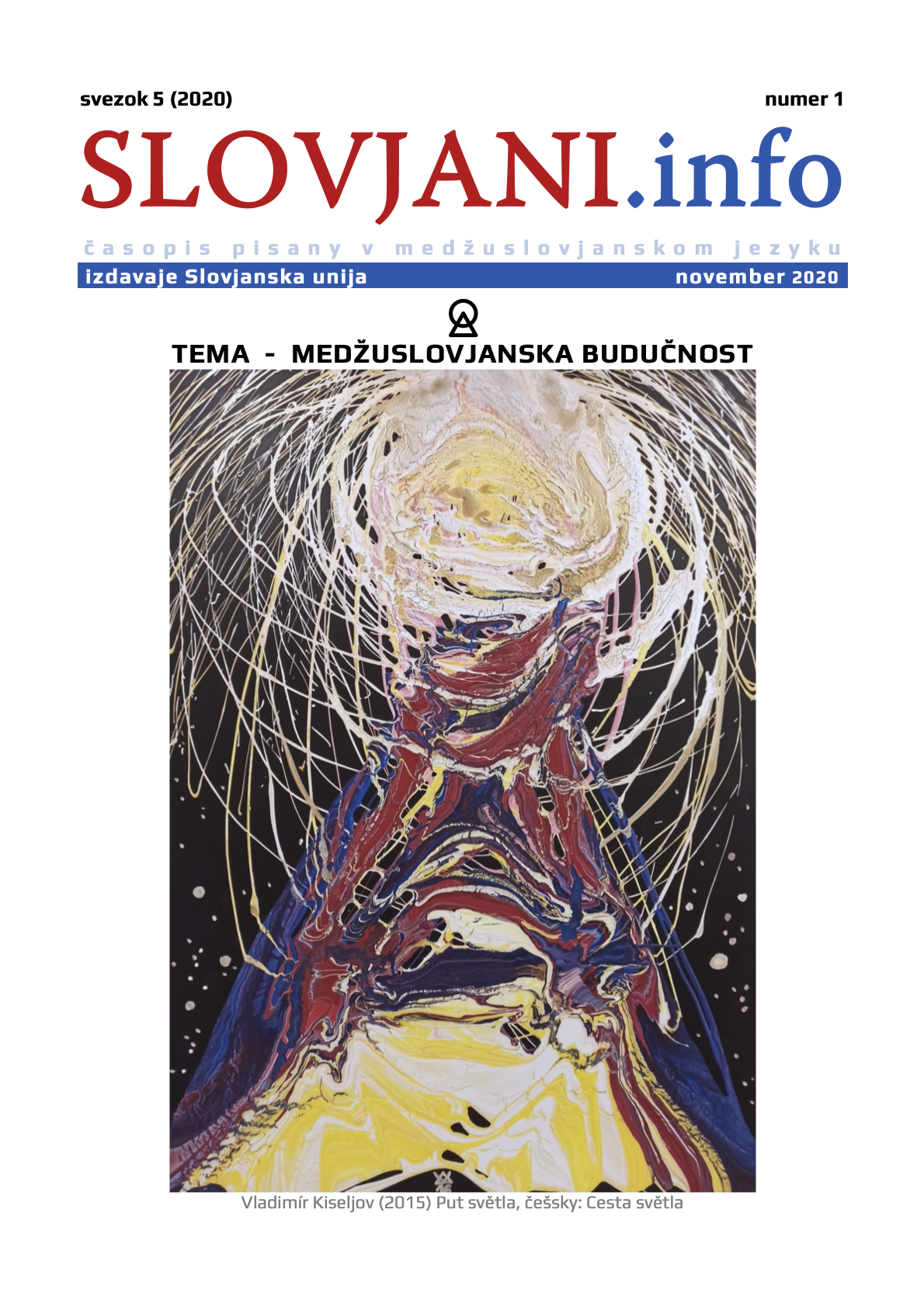Lingvistične udaljenosti na bazě izčisljenja ravnyh zvukov v čiselnikah od 1 do 10 v različnyh grupah jezykov
Linguistic distances based on the counting of identical sounds in numerals from 1 to 10 in different groups of languages
Author(s): Anton PerdihContributor(s): Dušan Polanský (Translator)
Subject(s): Ethnohistory
Published by: Slovanská unie z. s.
Keywords: sound frequency; language clusters; language distance; language groups; nostratic theory
Summary/Abstract: The relative frequency of equal sounds in pairs of adjacent numerals from 1 to 10 in languages of eleven language groups is a basis for calculation of linguistic distances. By this criterion, the Slavic languages form a cluster separated from all other tested languages. Of other languages, Avestan and Sanskrit are the closest to them. The Germanic languages form another cluster but this cluster is within the space of other tested languages, which are widely dispersed. This is an additional indication that the aboriginal Proto-Indo-European was Proto-Slavic and their speakers were the aboriginal Europeans: mainly the Y Chromosome haplogroup I, mtDNA haplogroup U people. In contact with newcomers of other language groups either the newcomers turned to Proto-Slavic, or the previously Proto-Slavic speakers lost their Proto-Slavic at all, or they turned the non-Indo-European newcomers into Indo-European. A novel time line for Nostratic studies is proposed. / Osnova do izčisljenja lingvističnoj udaljenosti medžu jezykami jest v tutom članku definovana kako relativna frekvencija ravnyh zvukov v parah sosědnyh osnovnyh čiselnikov od 1 do 10. Byli raziskyvane jezyky iz 11 grup jezykov. Po tutom kriteriju slovjanske jezyky tvoret grupu (klastr) odděljeny od vsih drugyh testovanyh jezykov. Iz drugyh jezykov najbližeje slovjanskym byli avestansky jezyk i sanskrt. Germanske jezyky tvoret drugy klastr, ale jest od grupy daleko od sebe razdaljenyh jezykov. Tuto jest indikacija, že originalny praindoevropejsky jezyk byl blizky slovjanskomu i jegovi govorci byli originalnymi evropejcami s glavnoju haplogrupoju I hromozoma Y i haplogrupoju U mitohondrijalnoj DNA. V kontaktě s novymi prišedšami iz drugyh jezykovyh grup ili novi prijali protoslovjansky jezyk ili govorci protoslovjanskogo iztra-tili svoj jezyk. Takože mogla byti situacija «něčto medžu», kogda nova populacija načela novy neslovjansky indoevropejsky jezyk. Členok poddrživaje nostratičnu teoriju.
Journal: SLOVJANI.info
- Issue Year: 5/2020
- Issue No: 1
- Page Range: 35-43
- Page Count: 8
- Language: Czech

